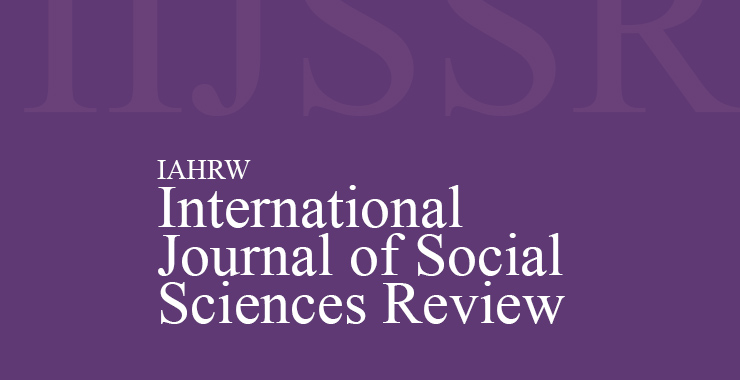Adolescent Smartphone and Internet Addiction: Prevalence, Risks, and Interventions: A Review
Original price was: ₹ 201.00.₹ 200.00Current price is: ₹ 200.00.
Page: 265-267
Abhijeet Singh1 and Kriti Kanwar2 (Drug Treatment Centre (DTC) Coordinator, Drug De-addiction Programme (DDAP), Central Institute of Psychiatry, Ranchi, Jharkhand1 and Department of Clinical Psychology, Central Institute of Psychiatry, Ranchi, Jharkhand2)
Description
Page: 265-267
Abhijeet Singh1 and Kriti Kanwar2 (Drug Treatment Centre (DTC) Coordinator, Drug De-addiction Programme (DDAP), Central Institute of Psychiatry, Ranchi, Jharkhand1 and Department of Clinical Psychology, Central Institute of Psychiatry, Ranchi, Jharkhand2)
The increasing use of smartphones and the internet among adolescents has raised significant concerns about potential addictive behaviors. These technologies, while beneficial in many ways, pose risks of addiction which can lead to significant impairments or distress. This review aims to synthesize current research on the prevalence, risk factors, consequences, and interventions for smartphone and internet addiction among adolescents. We conducted a comprehensive literature review of studies published in peer-reviewed journals from 2015 to 2023. Databases such as PubMed, PsycINFO, and Google Scholar were used to collect data on the prevalence, diagnostic criteria, psychological, social, and environmental risk factors, and the impacts of addictive behaviors. We also reviewed interventions aimed at mitigating these effects. The prevalence of smartphone addiction in adolescents ranges from 10% to 30%, while internet addiction affects about 6% to 18% globally, varying by region and diagnostic criteria. Key risk factors identified include psychological traits such as depression and anxiety, social influences like peer pressure, and environmental factors such as parental monitoring and technology availability. The consequences of addiction include impaired academic performance, deteriorated mental and physical health, and weakened social relationships. Effective interventions include educational programs, parental guidelines, cognitive-behavioral therapy, and policy measures. Smartphone and internet addiction among adolescents is a complex issue influenced by multiple factors. Effective management requires a multifaceted approach that includes education, parental involvement, therapeutic interventions, and regulatory policies. Ongoing research and tailored interventions are crucial to mitigate the adverse effects and promote healthier engagement with technology.

